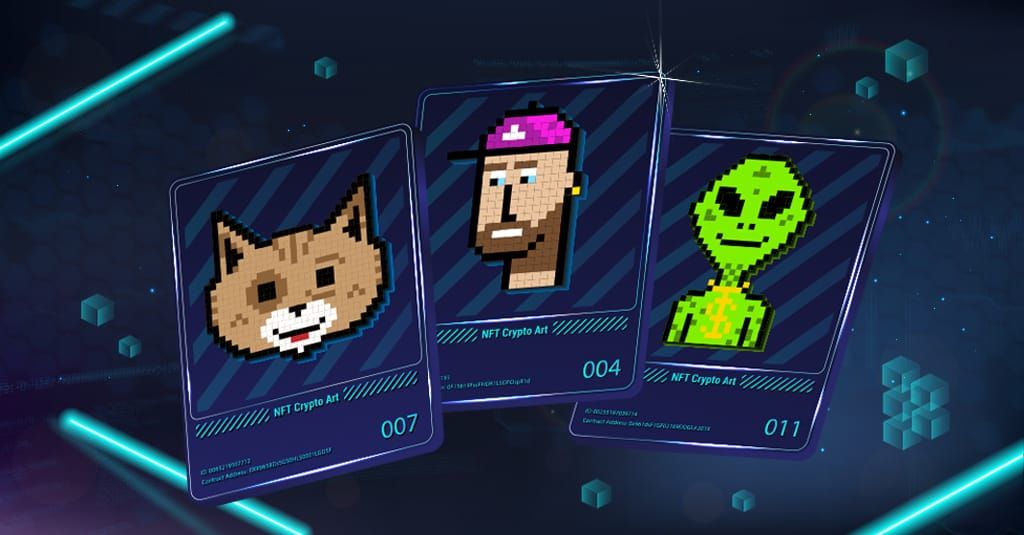
Non-fungible tokens (NFTs) are one of the hottest topics in blockchain. These digital tokens can be given unique identifiers and used to represent something that is not interchangeable or able to be duplicated. For example, think of an NFT as a ticket for an event, comic book, video game character, or virtual house that is unique and has its own attributes – an immutable asset stored on chain that can be traded, lent, or used to gain access to other on-chain resources.
NFTs have received plenty of attention in recent months, but there are some lesser-known aspects of NFT’s that you might not know. Let’s look at three lesser-known facts about NFTs – feel free to use to impress your friends and colleagues!
- The Content of Your NFT Isn’t Stored “On Chain”
While NFTs are stored on the blockchain, the content of the NFT isn’t. The JPG, MP3, or Gif that houses the comic book, character, or virtual house you purchased, is most commonly stored on the web. While it can be stored on the blockchain, the significant size of the art makes storing it “on chain” more costly, and thus most NFT projects currently avoid taking this approach. - The Immutability of Your NFT Isn’t That Straightforward
As debunked above, there’s a misconception that NFTs are being stored fully on chain. Buyers think they’re purchasing an immutable digital asset, but because the content is stored on the web, it’s not quite as immutable as one might first think. There are three ways to store your content: on a centralized server; via a decentralized service, like the InterPlanetary File System (IPFS); or within the smart contract itself. Often, NFTs use IPFS and a centralized gateway link for access speed. The caveat here is that someone needs to “pin” the content on IPFS to guarantee it remains stored on the network – the NFT holder is trusting that the maker of the NFT will continue to pay for pinning the NFT content. Additionally, many smart contracts allow the URL of the content to be updated by the contract owner or other wallets, further increasing the potential for changing the NFT content. - Your NFT Is Only Unique Within a Single Blockchain
Just as usernames on social media can be reused on different channels by other people, NFTs can be reused across blockchains. While right now, Ethereum is the primary blockchain for NFTs, there’s no telling what will happen as other layer 1 blockchains grow in popularity. So, while you may have a unique NFT on Ethereum, it’s possible it can be replicated on other blockchains, reducing its exclusivity.
There’s a ton to learn about blockchain and infinite ways professionals and businesses can leverage it to their advantage. Have questions or want to talk shop? Reach out to me via video at async.com/joelreed or via email at [email protected].





